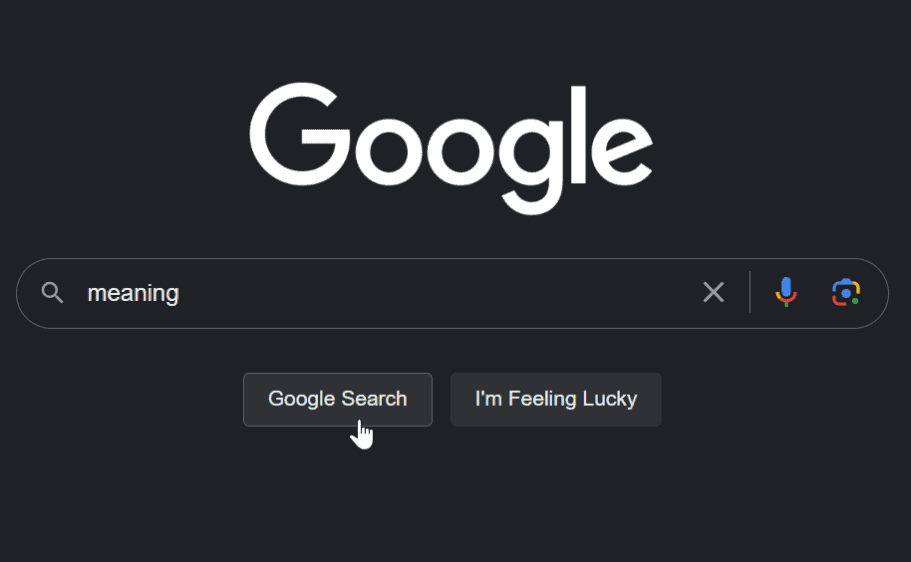This is not a conventional article, this is a quick cheetsheet for working a room. This works for any presentation or performance. This is specifically for a format where you (one person) are presenting to a larger group (multiple people). The core concepts can be applied to musical performances too though.
Relax! (here are some tactics for learning to relax in front of a group of people.)
- Practice doing a few things that make you uncomfortable outside of the presentation.
- Try out saying this to yourself before you: “I know what I know, they want to know what I know”
- Go to a public area and give a 10 second presentation now why today is a good day. Just make it up. The point is to get to that feeling of “people are looking at me, and I don’t know what to say.” Then you get over it.
- Yell your name in the mirror. If you practice saying your name loudly, it won’t feel as strange to say to an audience
This is a performance first and informative second.
- Whatever you are trying to get across to the audience, the important thing is to make it engaging first. This is not entirely just conveying info.
- If this was strictly for the information, it would be better as a written document. Remember that the fact it’s live and you have people to get engaged is the strength of the format.
- Audiences are more engaged after you say something funny or tell an entertaining story.
If you’re casual, the audience will be casual
- This works in the reverse as well. If you are very formal, the audience will follow your lead. Talk how you would talk to a friend, and the audience will feel much more comfortable.
- If you’re trying to keep things casual, just remember what your style is. If you’re not sure of your style, imagine how you would tell a story about something that happened in your life to close friends. That’s how you should present.
Don’t practice what your thing is word for word! (Don’t memorize words)
- I don’t recommend you practice the presentation beat for beat. Instead, you should have a conversation for the length of time that the presentation goes.
- It’s much harder to remember all your talking points for a presentation. So if you can be convincing without the aid of cue cards or slides, it will seem so easy it feels like “cheating on the test” when you do have reminders of where you are in the conversation.
- The fancy word for this is “extemperaneous” which just means, partially made up on the spot.
Know your facts and highlight them. (Do memorize the facts)
- 30% of presentations don’t require the use of numbers. The remaining 70% of presentations absolutely do.
- I made that up, which you should actually not do. But citing a specific number and putting that as the highlight of your point is very convincing. It’s best if you know every single fact in your presentation.
- Use as few words as possible on visual elements.
- This advice has been given time and time again (you know Steve Jobs? He said this.) It’s rarely actually used.
- If the audience is expected to read stuff, then send them an article you wrote and tell them the presentation is cancelled. Images on a screen are much more engaging than a wall of text.
- Instead of sentences, only put bullet point facts and fun or informative images.
These are just the basics that I use day-to-day to own presenting and performing to people. You can go so far beyond this with your own spin and flavor.



